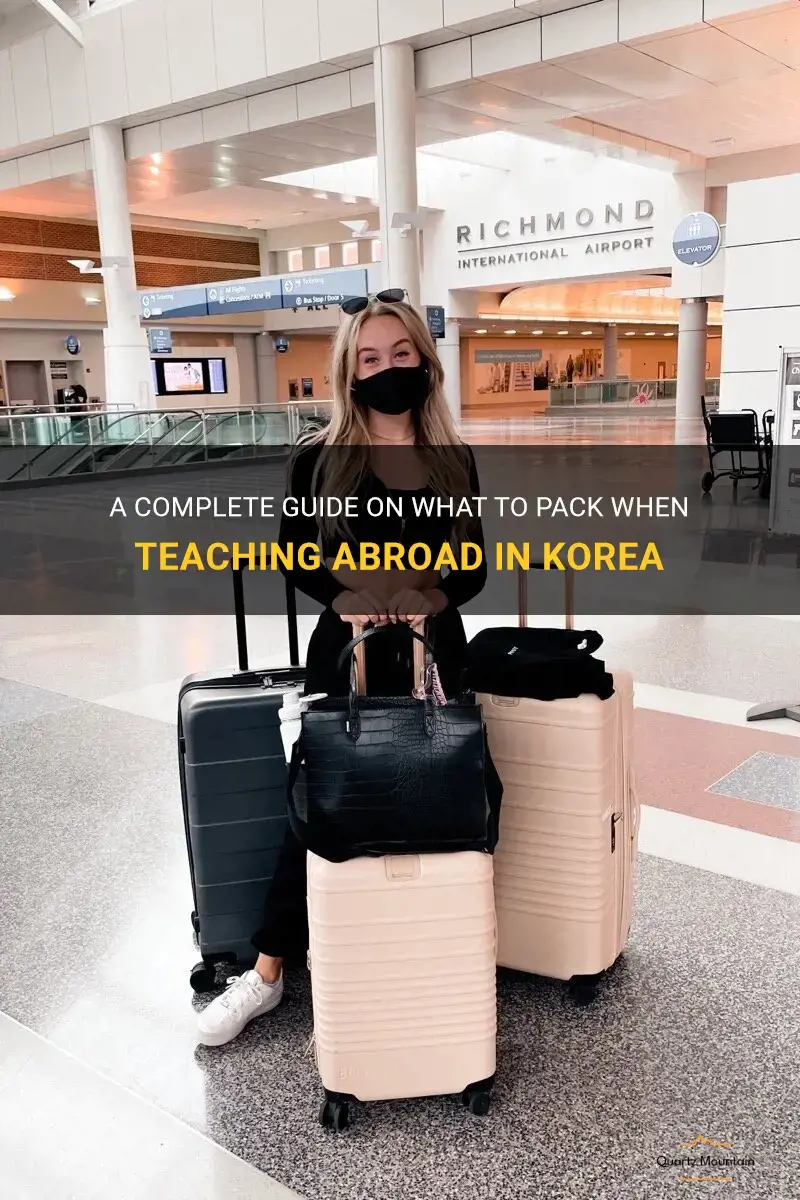
Teaching abroad is an incredible opportunity that allows individuals to immerse themselves in a new culture while sharing their knowledge and expertise with others. And when it comes to teaching in Korea, being prepared is key. From the essentials like appropriate clothing and teaching materials to cultural must-haves, this complete guide will ensure that you pack everything you need to make the most of your teaching experience in Korea. So, whether you're a seasoned teacher or embarking on your first teaching adventure, get ready to pack your bags and prepare for an unforgettable journey in Korea!
What You'll Learn
- What are some essential items to pack when teaching abroad in Korea?
- Are there any specific clothing items or accessories that are recommended for teaching in Korea?
- Do I need to bring my own teaching materials, or will they be provided by the school?
- Are there any electronics or technological items that would be useful to bring when teaching in Korea?
- Are there any specific personal care or hygiene products that may be difficult to find in Korea, and should therefore be packed?

What are some essential items to pack when teaching abroad in Korea?
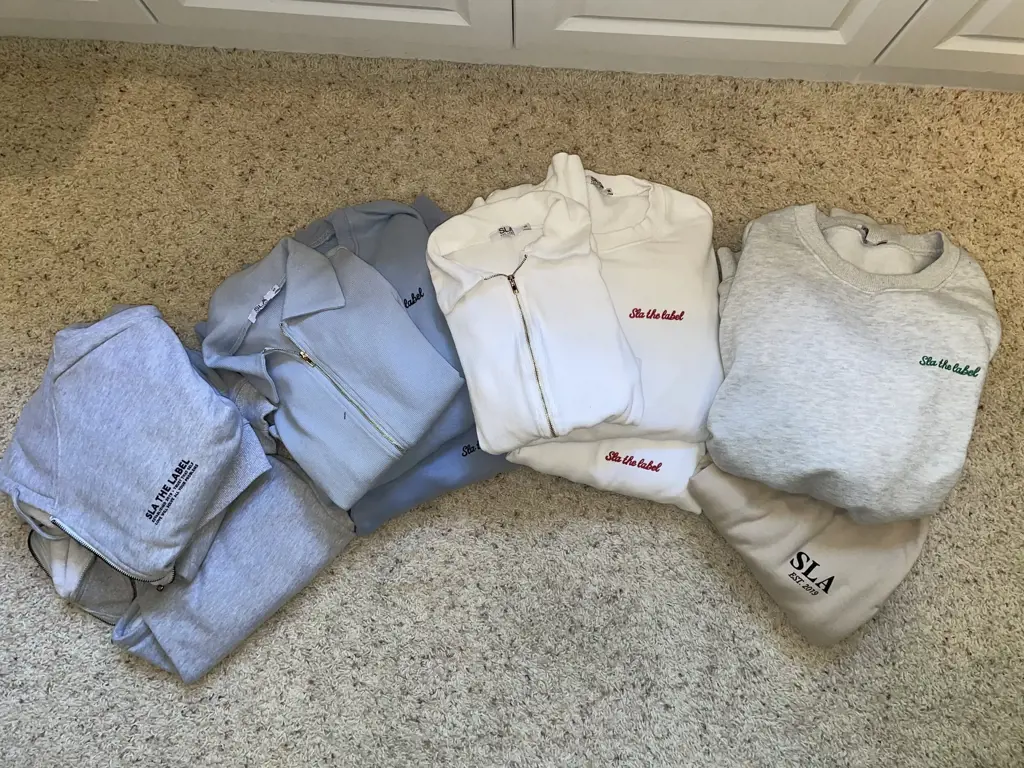
When teaching abroad in Korea, it is essential to pack certain items to ensure a smooth and comfortable experience. Here are some essential items that will help you navigate your new teaching adventure in Korea.
- Korean Language Learning Materials: While many Koreans are proficient in English, it is still helpful to have some basic Korean language learning materials. This will not only help you communicate with locals but also show your commitment to understanding their culture and language.
- Comfortable Clothing: Korea experiences all four seasons, so make sure to pack appropriate clothing for each season. Opt for comfortable, breathable clothing that will allow you to move around easily while teaching. Additionally, pack a pair of comfortable shoes for those long days on your feet.
- Adapter and Power Converter: Korea uses a different electrical outlet than many countries, so it is important to pack an adapter and power converter to charge your electronic devices. This will ensure that you can stay connected and charged up throughout your stay.
- Teaching Materials: Depending on the specific teaching position, you may need to bring your own teaching materials. This could include textbooks, flashcards, or other educational resources. Check with your employer to ensure you have everything you need for your lessons.
- Medicine and Personal Care Items: It is always a good idea to pack any essential medications or personal care items that may be difficult to find in Korea. If you have any specific dietary requirements, such as gluten-free or vegan options, it may be useful to bring some of these items as well.
- Professional Attire: Teaching in Korea typically requires a professional dress code. Be sure to pack appropriate attire for school, such as dress shirts, slacks, and skirts. It is always better to be overdressed than underdressed, especially when making a first impression.
- Laptop and Electronics: Teaching abroad often requires the use of technology, so it is important to pack a laptop or tablet for lesson planning and presentations. Additionally, bring any other electronics you may need, such as a smartphone, camera, or portable speakers.
- Teaching Supplies: In addition to teaching materials, it is helpful to bring some basic teaching supplies, such as pens, markers, and notepads. These items may not be readily available or may be expensive in Korea, so it is best to bring them from home.
- Travel Insurance: It is always advisable to have travel insurance when teaching abroad. This will provide you with coverage in case of any unforeseen circumstances, such as medical emergencies or loss of personal belongings. Research and purchase a travel insurance plan that suits your needs before departing for Korea.
- Adaptability and Open Mindset: While not a physical item, having an adaptability mindset and open worldview is crucial when teaching abroad. Keep an open mind, be willing to learn from your students and colleagues, and embrace the differences and challenges that come with teaching in a foreign country.
Packing these essential items will help ensure a successful and enjoyable teaching experience in Korea. Remember to do some research on the specific region you will be teaching in and consult with your employer for any additional recommendations. Embrace the adventure, and enjoy your time teaching abroad in Korea!
Essential Packing Tips for a July Trip to Europe
You may want to see also

Are there any specific clothing items or accessories that are recommended for teaching in Korea?

When it comes to teaching in Korea, it's important to dress professionally and appropriately for the classroom. While there isn't a strict dress code for teachers, it's still important to make a good impression and show respect for the Korean culture. Here are some recommended clothing items and accessories for teaching in Korea:
- Business casual attire: Korean schools generally have a more conservative dress code compared to Western countries. It's best to wear business casual attire, which includes collared shirts, dress pants or skirts, and closed-toe shoes. Avoid wearing jeans, t-shirts, or overly casual clothing.
- Modest clothing: Korea is a conservative society, so it's important to dress modestly when teaching. Avoid wearing revealing or low-cut clothing, short skirts, or tight-fitting clothes. Opt for clothing that covers your shoulders and knees, and avoid showing too much skin.
- Neutral colors: Koreans tend to prefer neutral colors such as black, gray, and navy blue. These colors are considered professional and appropriate for the workplace. Avoid wearing bright or flashy colors that may be seen as too casual or attention-seeking.
- Comfortable shoes: Teaching often involves being on your feet for long periods of time, so it's important to wear comfortable shoes. Choose shoes that provide support and cushioning to ensure you can move around the classroom easily and comfortably.
- Respectful accessories: In Korea, it's important to show respect for the culture and traditions. Avoid wearing accessories that may be seen as disrespectful or offensive, such as clothing with offensive slogans or logos. Instead, opt for simple and understated accessories that complement your outfit.
- Dress for the weather: Korea experiences four distinct seasons, so it's important to dress appropriately for the weather. In summer, opt for lightweight and breathable clothing to stay cool in the classroom. In winter, layer your clothing and wear a warm coat to stay comfortable in the cold temperatures.
It's also important to note that different schools or institutions may have their own specific dress codes, so it's a good idea to check with your employer for any specific guidelines. Additionally, observing how your colleagues dress can give you a better idea of what is considered appropriate in your specific teaching environment.
In conclusion, dressing professionally and appropriately for the classroom is important when teaching in Korea. Business casual attire, modest clothing, neutral colors, and comfortable shoes are recommended. It's also important to wear respectful accessories and dress for the weather. By following these guidelines, you can make a good impression and show respect for the Korean culture while teaching in Korea.
Essential Packing Guide for the Kentucky Youth Assembly
You may want to see also

Do I need to bring my own teaching materials, or will they be provided by the school?
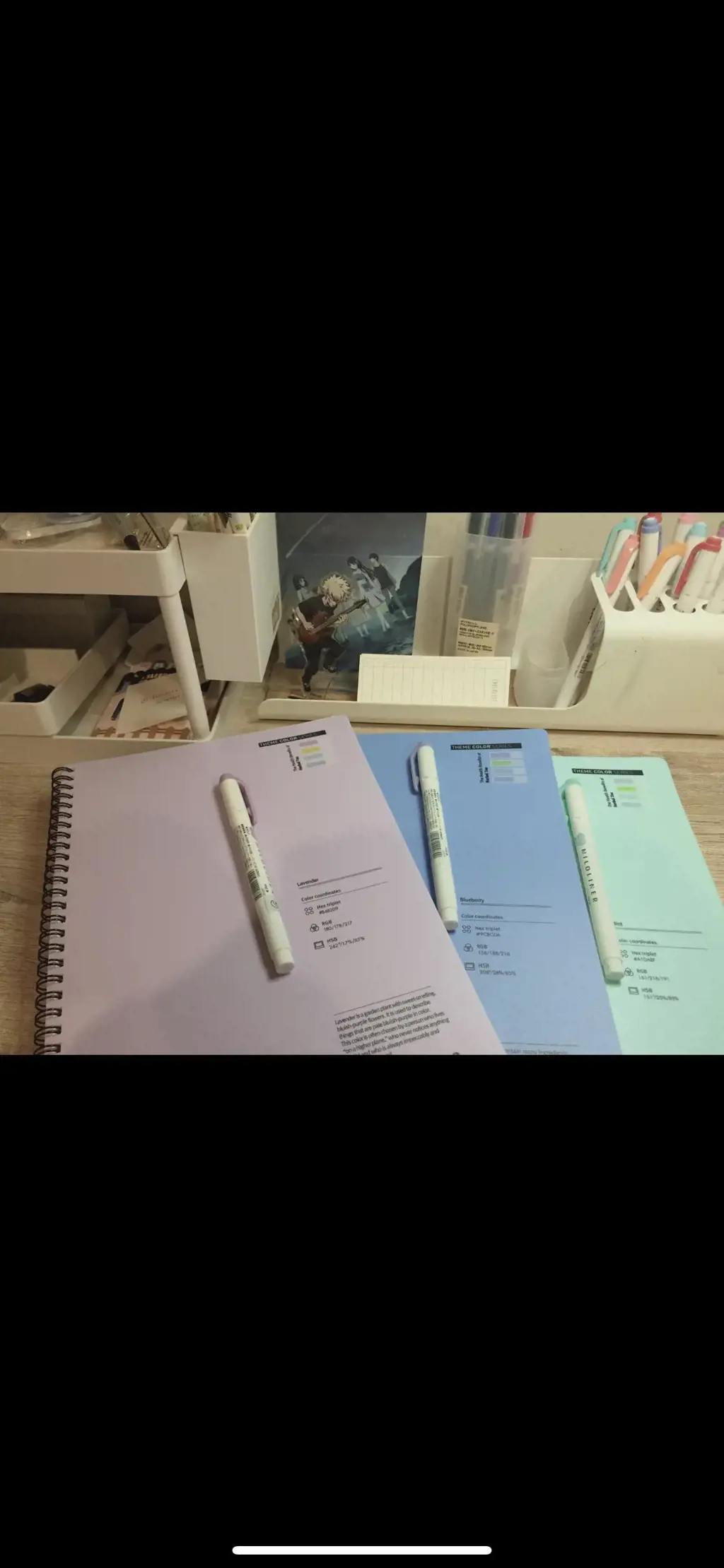
When it comes to teaching, one of the common questions that often arises is whether teachers need to bring their own teaching materials or if they will be provided by the school. The answer to this question can vary depending on a number of factors, including the specific school and the subject being taught.
In some cases, schools may provide teachers with a set curriculum and a variety of teaching materials to use in the classroom. These materials could include textbooks, workbooks, lesson plans, and supplementary materials such as worksheets or visual aids. In these instances, teachers may simply need to familiarize themselves with the provided materials and adapt them to suit the needs of their students.
On the other hand, there are schools that expect teachers to create their own materials for teaching. This may involve developing lesson plans, creating worksheets or activities, and sourcing relevant resources. In these cases, it is important for teachers to have a good understanding of the subject matter they are teaching and to be able to plan and design effective lessons that meet the needs of their students.
There are also situations where teachers may need to bring their own teaching materials because the school does not provide them. This could be the case in certain specialized subjects or in schools with limited resources. In these instances, teachers may need to rely on their own creativity and resourcefulness to develop materials that are engaging and effective for their students.
Regardless of whether teaching materials are provided by the school or not, it is important for teachers to carefully plan and organize their lessons. This involves selecting appropriate materials, sequencing them in a logical and coherent manner, and ensuring that they align with the curriculum and learning objectives. Teachers should also consider the diverse needs and abilities of their students and adapt their materials accordingly.
In terms of creating teaching materials, teachers can draw on a range of sources. This may include textbooks, online resources, educational websites, and even personal experiences and knowledge. Teachers should also consider the use of multimedia resources such as videos, images, and interactive activities to enhance the learning experience for their students.
Ultimately, the decision of whether to bring your own teaching materials or rely on those provided by the school will depend on the specific circumstances and requirements of your teaching position. It is important to have a clear understanding of the expectations and resources available to you and to be prepared to adapt and improvise as needed. By carefully planning and utilizing effective teaching materials, teachers can create engaging and meaningful learning experiences for their students.
Essential Items to Pack for Your Yosemite Adventure
You may want to see also

Are there any electronics or technological items that would be useful to bring when teaching in Korea?
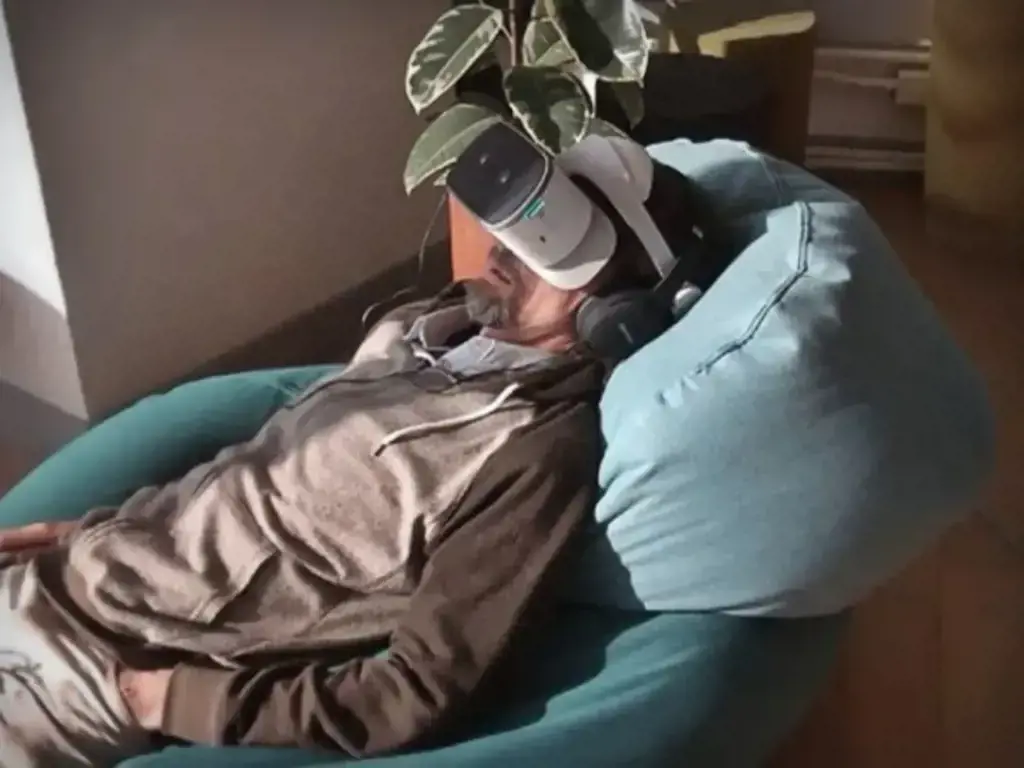
When teaching in Korea, there are several electronics and technological items that can greatly enhance your teaching experience. Whether you are teaching English as a foreign language or any other subject, these devices can help you engage students and make your lessons more interactive and fun. Here are some electronics and technological items that you should consider bringing with you to Korea:
- Laptop or Tablet: A laptop or tablet is an essential tool for any teacher. You can use it to create lesson plans, access online resources, and communicate with other teachers. It also gives you the flexibility to project your screen and show multimedia content to your students.
- Projector or Smartboard: A projector or smartboard is a great addition to any classroom. It allows you to display visual aids, videos, and online content to your students. With a smartboard, you can interact with the content using your hands or a stylus, making your lessons more engaging and interactive.
- Interactive Whiteboard Software: Interactive whiteboard software is a powerful tool that can transform your lessons. It enables you to create interactive activities, quizzes, and games for your students. You can also use it to annotate and highlight important points during your lessons.
- Document Camera: A document camera is a device that allows you to display physical objects, documents, and worksheets to your students. It is particularly useful for teaching subjects like science, where you can showcase experiments, diagrams, and models.
- Digital Voice Recorder: A digital voice recorder can be handy for recording audio clips, taking dictation, or practicing pronunciation with your students. You can use it to create listening exercises or record your own voice for pronunciation demonstrations.
- Portable Speakers: Portable speakers are useful for playing audio clips, music, or videos in the classroom. They can enhance your teaching materials and make them more engaging for your students. You can also use them for multimedia presentations or group activities.
- Electronic Dictionary: An electronic dictionary can be a lifesaver when teaching English as a foreign language. It allows you and your students to quickly look up words, check pronunciation, and explore definitions. It can also be used for vocabulary building and word games.
These electronics and technological items can greatly enhance your teaching experience in Korea. They promote active learning, engagement, and interaction among students. However, it is important to consider the specific needs and resources of your school or teaching environment before investing in these devices. Talk to your school or fellow teachers to determine what equipment is already available and what you will need to bring with you. Remember, the goal is to create a positive and effective learning environment for your students, so choose the devices that will best support your teaching style and objectives.
Essential Items to Pack in Your Kindergarten Backpack
You may want to see also

Are there any specific personal care or hygiene products that may be difficult to find in Korea, and should therefore be packed?
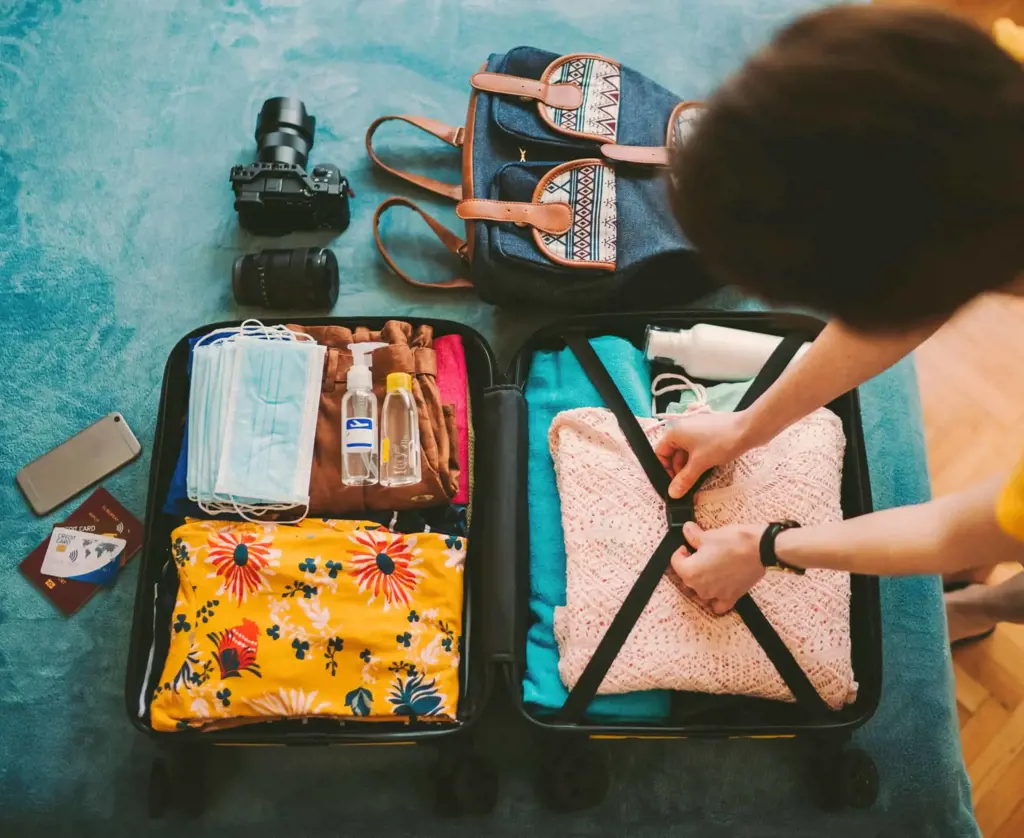
When traveling to a foreign country, it's always a good idea to do some research on the local culture, customs, and what to expect. This includes knowing what personal care or hygiene products you may need to bring with you, especially if you are visiting a country like Korea where the availability of certain products may be different from what you are used to.
While Korea is known for its innovative beauty and skincare products, there are still some personal care items that may be difficult to find. Here are a few examples of products that you may want to consider packing:
- Deodorant: While deodorant can be found in Korea, the options may be limited compared to what you are used to. Korean deodorants are often less potent and may not provide the same level of protection as popular Western brands. If you prefer a specific brand or type of deodorant, it's a good idea to bring enough to last you throughout your trip.
- Feminine hygiene products: Feminine hygiene products such as tampons can be more difficult to find in Korea compared to pads. While tampons are available in most large supermarkets and convenience stores, the variety and brands may be limited, and not all stores may carry them. If you prefer using tampons, it's best to pack a sufficient supply.
- Specific skincare products: If you have a specific skincare routine and rely on certain products, it's a good idea to bring them with you. While Korea is famous for its skincare industry and has a wide range of products available, it may be challenging to find products that cater to specific skin concerns or brands that you are familiar with. Packing your preferred skincare products will ensure that you can maintain your routine while traveling.
- Haircare products: If you have specific hair concerns or use specialized haircare products, it may be difficult to find them in Korea. Western haircare brands may be available in larger cities and online, but the selection may be limited. It's a good idea to pack travel-sized bottles of your preferred shampoo, conditioner, and any other haircare products you may need.
It's worth noting that while certain products may be difficult to find, Korean pharmacies and cosmetic stores called "Olive Young" and "Watsons" often sell a wide range of personal care and beauty products, so you may still be able to find alternatives or Korean equivalents of the products you typically use.
In conclusion, when traveling to Korea, it's a good idea to pack certain personal care or hygiene products that may be difficult to find. Deodorant, feminine hygiene products, specific skincare items, and specialized haircare products are a few examples of items that you may want to include in your packing list. By being prepared and bringing these products with you, you can ensure that you have everything you need to maintain your personal care routine while enjoying your trip to Korea.
Key Items to Pack for a Memorable Boracay Getaway
You may want to see also
Frequently asked questions
When packing for your teaching adventure in Korea, it's important to consider the climate and cultural norms of the country. Firstly, pack clothing that is suitable for the four distinct seasons in Korea. Be sure to bring heavy winter jackets, warm sweaters, and insulated boots for the cold winters, as well as lightweight and breathable clothing for the hot and humid summers. Additionally, pack professional attire for work, as Korean schools usually have a dress code. It's also a good idea to pack comfortable shoes for walking and exploring the city during your free time.
In addition to the essentials like clothing and toiletries, there are a few items that can make your teaching experience in Korea more comfortable. Firstly, bringing your own teaching supplies, such as markers, stickers, and classroom decorations, can help you personalize your teaching space and make it feel more like home. Additionally, bringing some familiar comfort items from home, like family photos or a favorite blanket, can help alleviate any homesickness. Lastly, investing in a good quality converter or adapter for your electronics is essential, as Korea uses different outlets and voltage than most Western countries.
While packing for your teaching adventure in Korea, there are a few items that you should consider leaving behind. Firstly, it's important to note that Korean apartments are often smaller than what you may be used to, so try to avoid overpacking and bringing unnecessary items that will take up precious space. It's also worth noting that many everyday toiletries and household items are readily available in Korea, so there may not be a need to bring large quantities of these items. Lastly, it's recommended to leave behind any valuable or sentimental items that you wouldn't want to risk losing or damaging during your time abroad.







